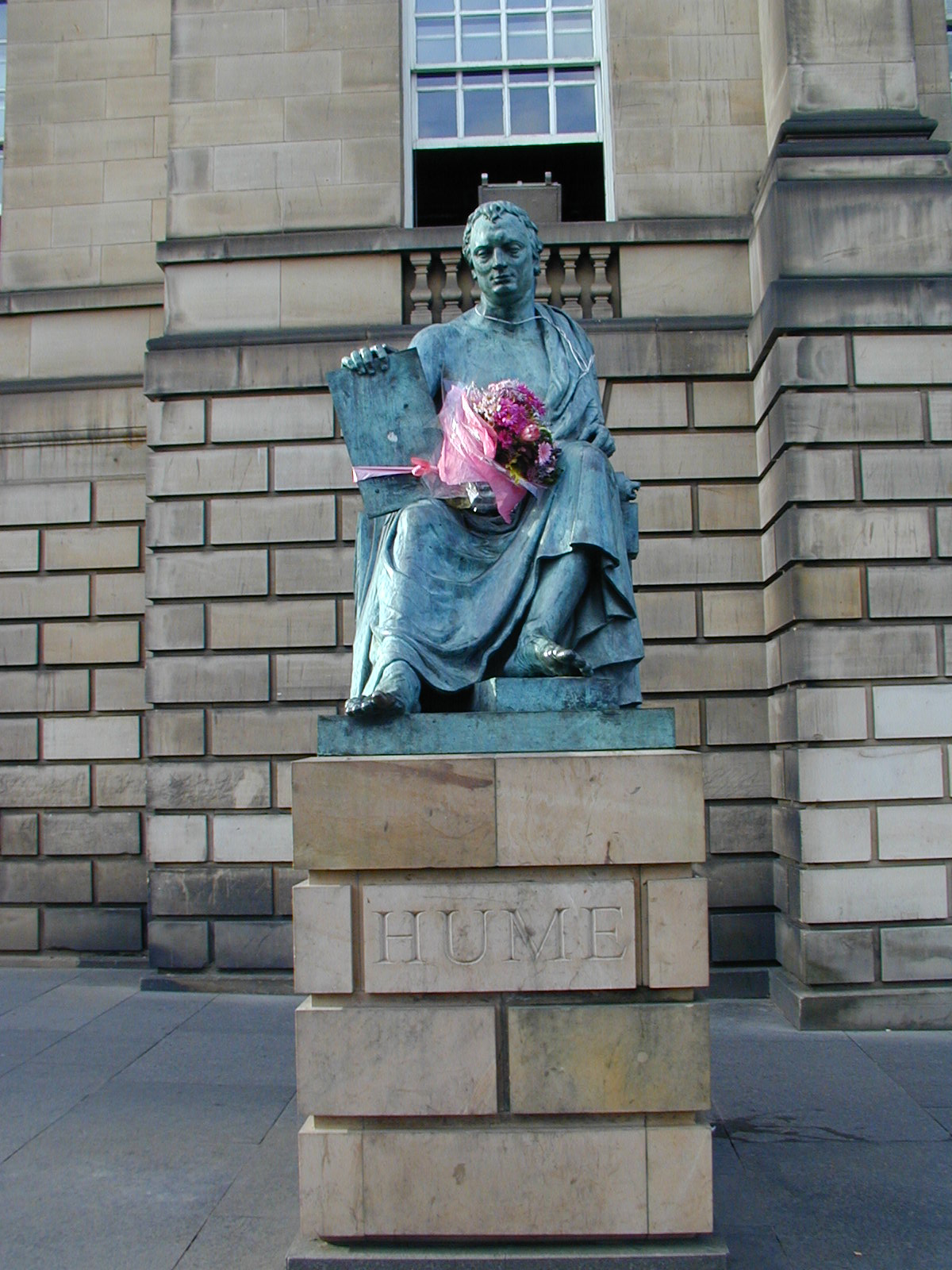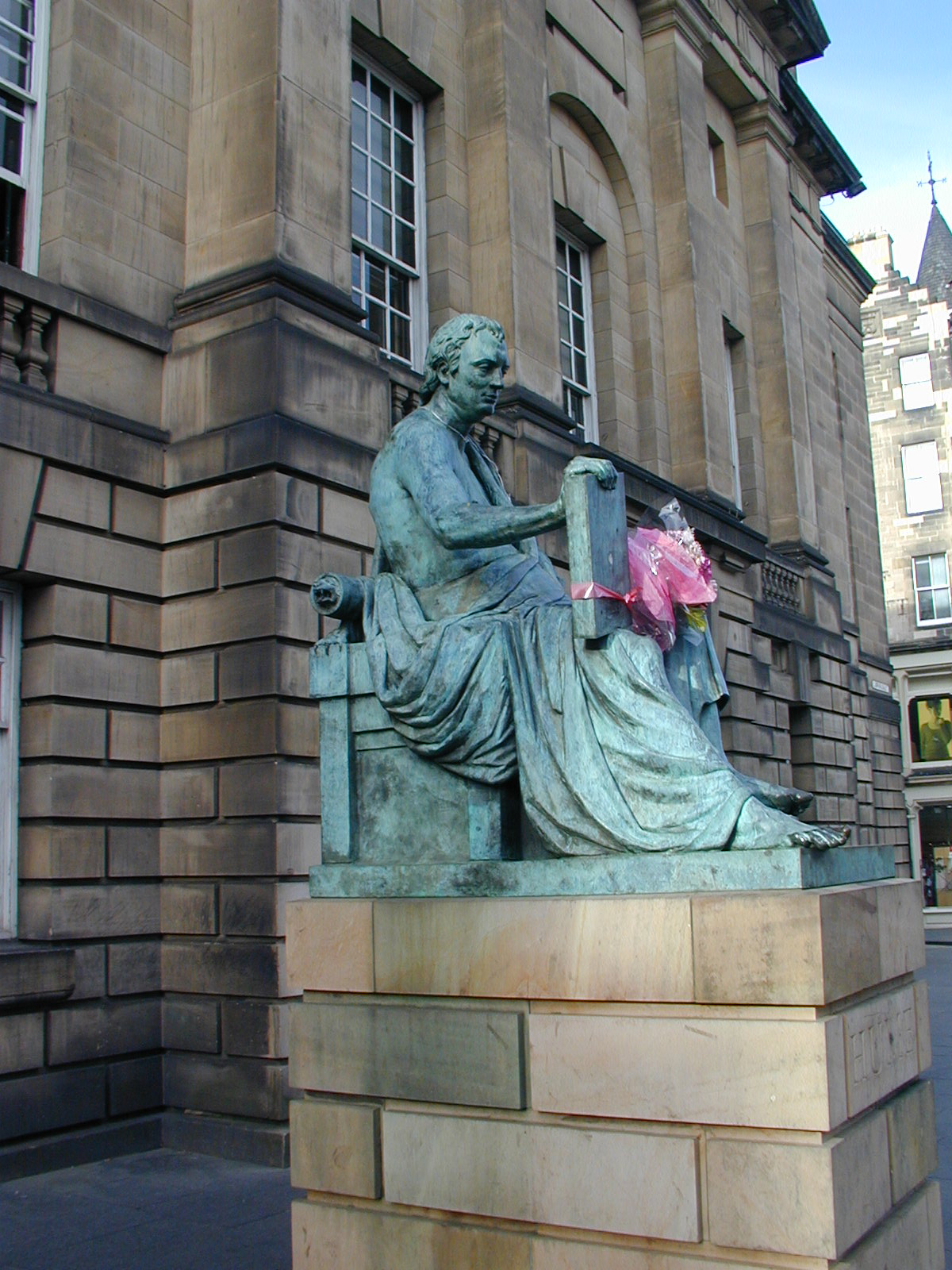|
HOGMANAY!
Hogmanay is a New Year’s festival that lasts from the night of Dec. 30 into January 1st (or in some cases the 2nd). There are connections with Hogmanay and the Winter Solstice that occurs around the 21st of December.
As the new year starts there are often “first footing” ceremonies which involve visiting next door neighbors often with some gifts which include items necessary for life like coal, shortbread, salt, whisky or fruit cakes.
In Scotland, local customs prevail and there are many variations in them which include swinging fireballs, the burning of the clavie which involves burning casks and torch light parades. In these darkest days of the year the use of fire seems both reasonable and understandable.
More recently Hogmanay has become a major event in many cities and Edinburgh is one of the most well known where people crowd the streets for firework displays and bands playing in the streets.
It has also become common for people to sing Burns’ Auld Lang Syne, a custom which has carried over to the US and other places. It can even be heard in the film Sunset Blvd. as the New Year arrives.
Christmas occurs just a week previous to New Years and has had an impact on Hogmanay. The date of Dec. 25th for Christmas has long been debated since the actual date of Jesus; birth is unknown and religious authorities like John Chrysostom, Isaac Newton, and Ernst Jablonski have given various reasons why Christians may have decided on the date. The complex fusion of the Magi as gift givers with gift giving and ultimately with St. Nicholas whose sainthood has been denied indicate some of the problems. Gift giving was also associated with the Roman holiday of Saturnalia which occurred at the end of December and nay have had an impact on Christmas as well.
While most Christians do not really concern themselves whether the date is accurate or not, in early days, the link with pagan festivals made it “suspect” and the history of Christmas is not a happy one with cultures coming close to outlawing its celebration.
Christmas developed both a sacred and secular aspect, and it is the secular aspect with Christmas trees, gift giving, holiday lights and, of course, Santa Claus have spread to many non Christian countries
Ultimately the celebration of Christmas was outlawed in many places in both the US and Europe and by the 1800s there was some fear that Christmas would vanish altogether.
In American in 1822, Clement Clark Moore produced his poem “A Visit from St. Nick” (”Twas the Night before Christmas”). Twenty one years later in 1843 Dickens’ story A Christmas Carol appeared with its stress on family and the ever popular redeemable villain Scrooge and his famous “Bah Humbug” which helped to further revitalize the holiday with a new approach.
In Scotland, Christmas was banned for nearly 400 years and only appeared in the 1950s. This put the stress therefore on Hogmanay as the more important holiday, although since the 50s Christmas has grown in stature (doubtless influenced by the American practices appearing in many films with their worldwide distribution). Now some Scots argue that by Hogmanay they have already had their fill with Christmas and manage to get to one neighbor’s house (without coal)!
OFF THE BEATEN TRACK
DAVID HUME
David Hume (originally "Home") is arguably one of the greatest of the Scottish philosophers. He was bnorn in an Edinburgh on April 26 1711 and died Aug. 26, 1776 at the SE corner of St, Andrew's Square (now 21 St. David St) He is buried in the Old Calton Cemetery on Calton Hill, NE of the city center.
Hume is generally classified as being in the "skeptical philosophical tradition and a strong empiricist" Hume is known for his works on empiricism and skepticism. A major figure in the enlightenment Hume opposed the rationalists like Descartes holding that desire was more important than reason in understanding human behavior.
Hume also advocated a position (Compatibilism) with defined free will in such a way as to make it compatible with determinism. The question of whether people's actions are determined (since God knows everything that will happen, then people's actions are predetermined thus making free will or choice impossible) or not was discussed in detail by Hume in his works which has an tremendous impact on the questions of morality and ethnics.
His major work, is The Treatise of Human Nature, Dialogues Concerning Natural Religion and The Natural History of Religion (although he wrote a great deal on religion as well) On Superstition and Enthusiasm. His personal convictions remain unclear and he never claimed to be an atheist, but his writings are distinctly hostile to religion = sufficiently so that the Church of Scotland seriously considered charging him with "infidelity" (that is "loss of faith, especially the Christian faith")
Hume published an impressive number of writings. Wikipedia lists the following as his publications and writings.
A Kind of History of My Life (1734)
A Treatise of Human Nature: Being an Attempt to introduce the experimental Method of Reasoning into Moral Subjects. (1739-40)
An Abstract of a Book lately Published: Entitled A Treatise of Human Nature etc. (1740)
Essays Moral and Political (first ed. 1741-2)
A Letter from a Gentleman to His Friend in Edinburgh: Containing Some Observations on a Specimen of the Principles concerning Religion and Morality, said to be maintain'd in a Book lately publish'd, intituled A Treatise of Human Nature etc. Edinburgh (1745).
An Enquiry Concerning Human Understanding (1748)
An Enquiry Concerning the Principles of Morals (1751)
Political Discourses, (part II of Essays, Moral, Political, and Literary within vol. 1 of the larger Essays and Treatises on Several Subjects) Edinburgh (1752).
Political Discourses/Discours politiques (1752-1758), My ovn life (1776),
Four Dissertations London (1757).
The History of England (Sometimes referred to as The History of Great Britain) (1754-62)
The Natural History of Religion (1757)
"My Own Life" (1776)
Dialogues Concerning Natural Religion (1779)
A statue of Hume by Alexander Stoddert can be found on the Royal mile.


His burial place is in the Old Calton Cemetery


PAGE TWO
TABLE OF CONTENTS
PAGE FOUR
|